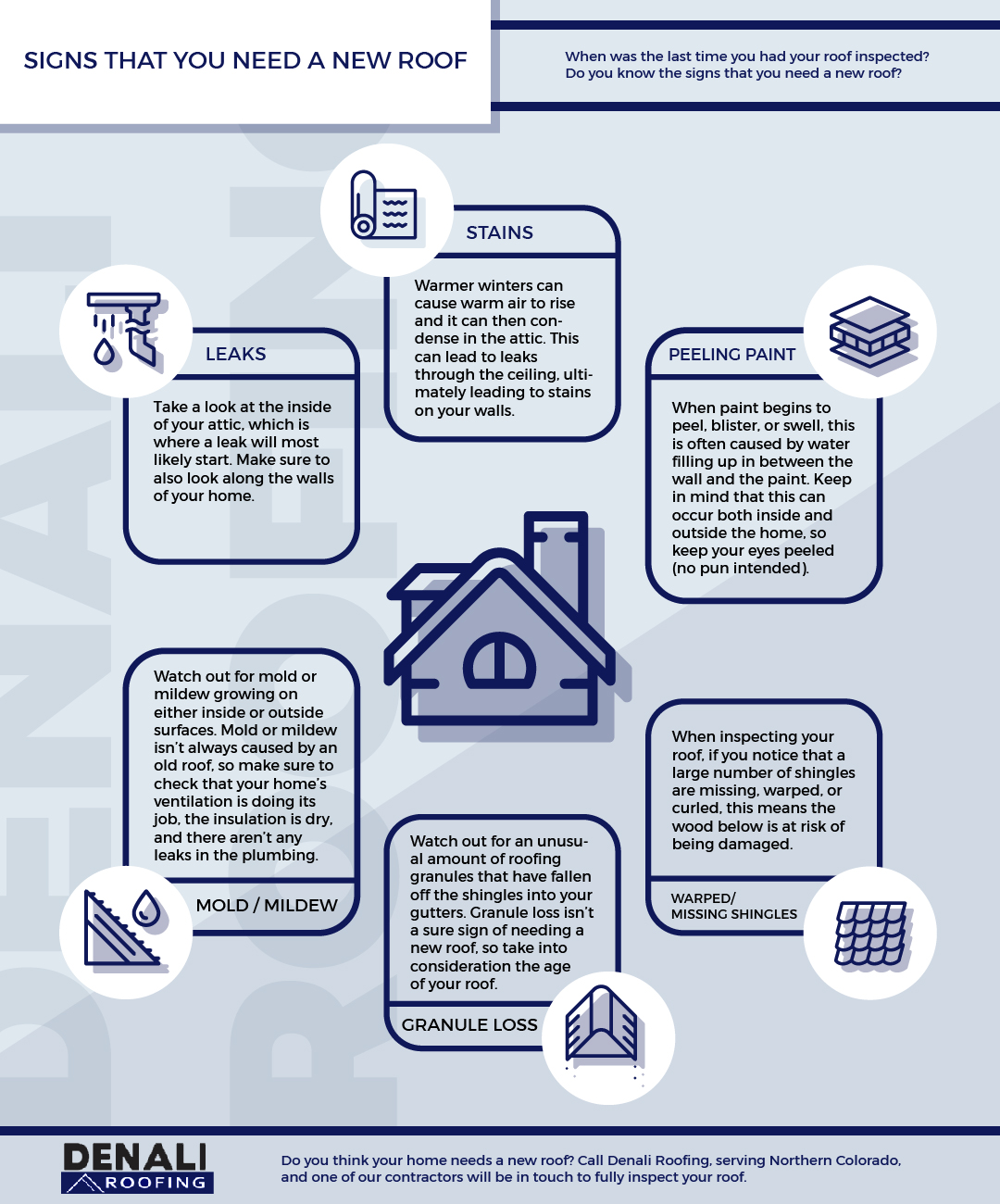The Expedition To Determine The Optimal Photovoltaic Panel Kind For Your House Begins At This Point, With Vital Considerations Awaiting Your Focus-- Are You Prepared To Continue?
The Expedition To Determine The Optimal Photovoltaic Panel Kind For Your House Begins At This Point, With Vital Considerations Awaiting Your Focus-- Are You Prepared To Continue?
Blog Article
Material Writer-Price McCormick
When it involves choosing the ideal photovoltaic panels for your home, the selections can be overwhelming. Each kind offers unique benefits and trade-offs, making it vital to figure out which factors straighten ideal with your goals. Whether your focus is on efficiency, cost-effectiveness, or visual appeals, there's a photovoltaic panel type that can satisfy your needs. So, before you decide, consider the important elements that will certainly impact your solar energy system's performance and suitability for your home.
Monocrystalline Solar Panels
When thinking about solar panels, you may encounter monocrystalline photovoltaic panels. These panels are recognized for their high efficiency prices because of their construction from a single continual crystal structure. This design enables monocrystalline panels to execute much better in low light problems compared to various other sorts of photovoltaic panels. In addition, their streamlined black look makes them a preferred option for residential installments, assimilating flawlessly with the majority of rooftops.
One essential advantage of monocrystalline photovoltaic panels is their space effectiveness. They call for much less room to create the same quantity of electricity as various other photovoltaic panel kinds, making them ideal for homes with restricted roofing space.
While monocrystalline panels often tend to be much more expensive upfront, their long-term toughness and efficiency usually make them a cost-effective financial investment in the realm of solar power. If you focus on performance and aesthetic appeals in your solar panel option, monocrystalline panels could be the appropriate choice for your home.
Polycrystalline Solar Panels
Polycrystalline solar panels, likewise referred to as multicrystalline solar panels, provide an alternative option to monocrystalline panels. These panels are made from silicon crystals that are thawed with each other, creating a much less consistent look compared to monocrystalline panels.
Among the vital advantages of polycrystalline panels is their lower production price, making them a more affordable alternative for home owners seeking to invest in solar energy.
While polycrystalline panels may have a somewhat reduced effectiveness rate contrasted to monocrystalline panels, they still use a reliable and affordable method to generate solar energy for your home. visit the next internet site execute well in heats and are a long lasting choice for a range of climates.
If you have a bigger roof area and are aiming to optimize your energy production without breaking the bank, polycrystalline panels could be the right choice for you.
When taking into consideration photovoltaic panel alternatives for your home, it's important to evaluate the cost-effectiveness and effectiveness of polycrystalline panels versus your energy needs and budget plan restrictions.
Thin-Film Solar Panels
Carrying on to Thin-Film Solar Panels, these panels use a special alternative to typical silicon-based options like polycrystalline panels. Thin- home solar are lightweight and versatile, making them simpler to install on various surfaces like bent roofs or walls. They're also much more aesthetically pleasing, blending in effortlessly with the style of your home.
Nevertheless, it's important to keep in mind that thin-film panels generally have reduced effectiveness rates contrasted to crystalline silicon panels. This means you may need more area to create the exact same quantity of electricity.
On the silver lining, thin-film panels do better in low-light conditions and have a lower temperature level coefficient, indicating they can produce more energy on hot days. If you have sufficient space and are trying to find a versatile and visually enticing solar panel option, thin-film panels could be a fantastic choice for your home.
Conclusion
To conclude, when choosing the very best photovoltaic panel type for your home, consider your power requires, budget, and area constraints. Monocrystalline panels give high effectiveness in minimal space, while polycrystalline panels provide a cost-effective choice with trustworthy efficiency. Thin-film panels supply adaptability and aesthetic charm yet might have lower effectiveness rates. By considering these factors, you can pick the photovoltaic panel kind that finest fits your certain needs.
